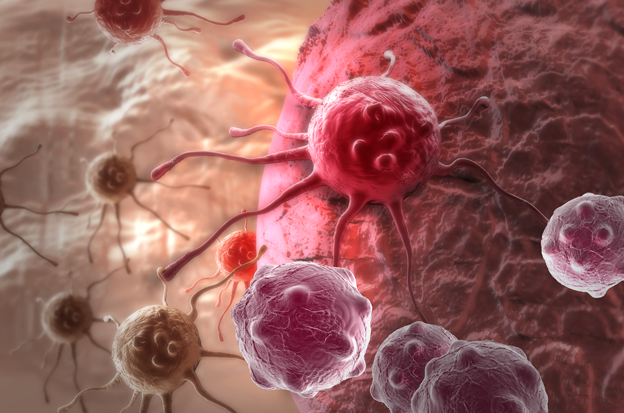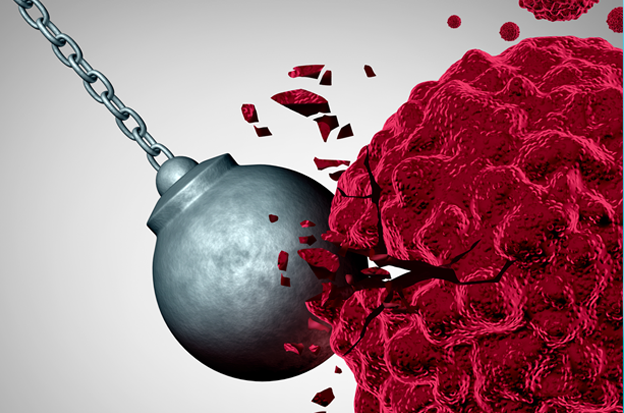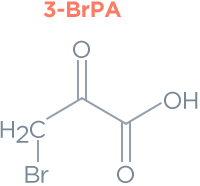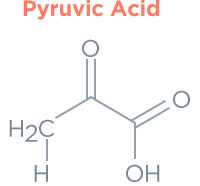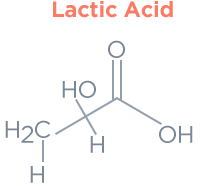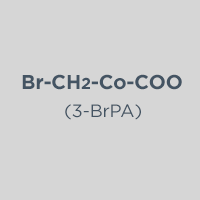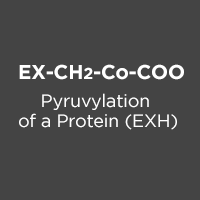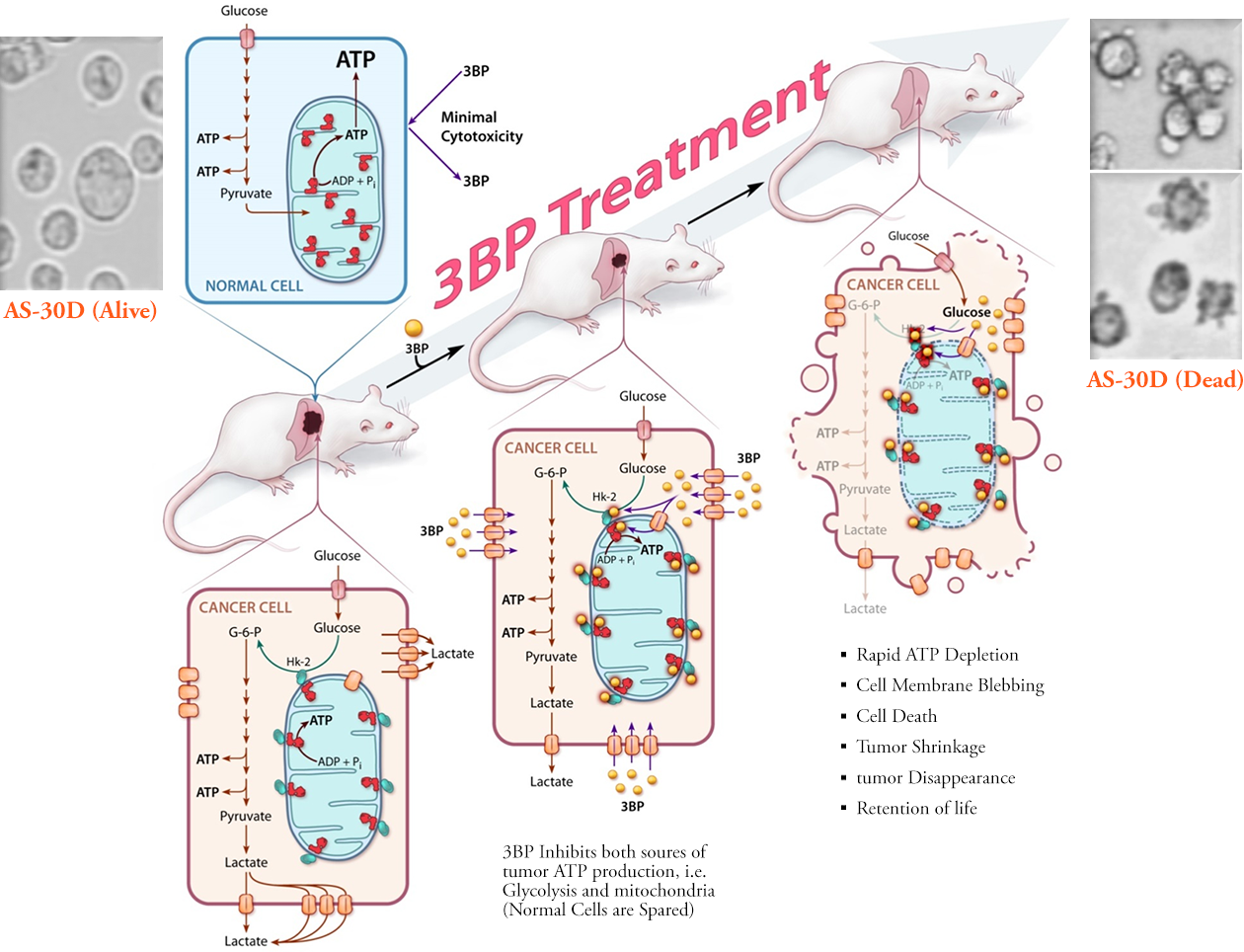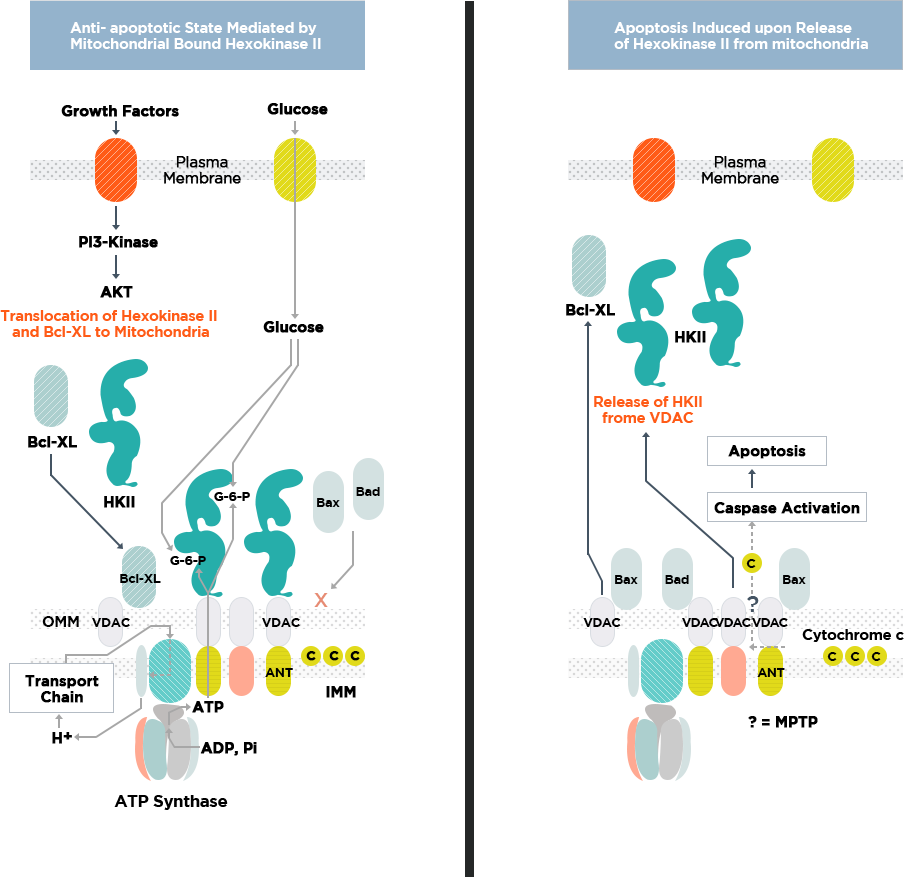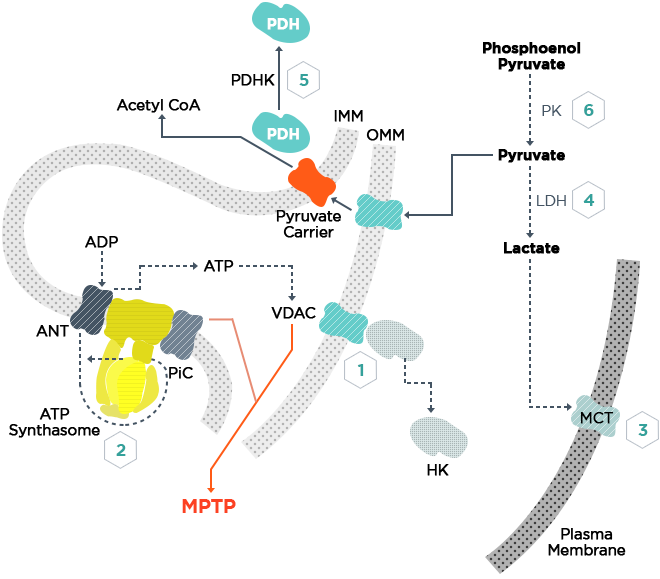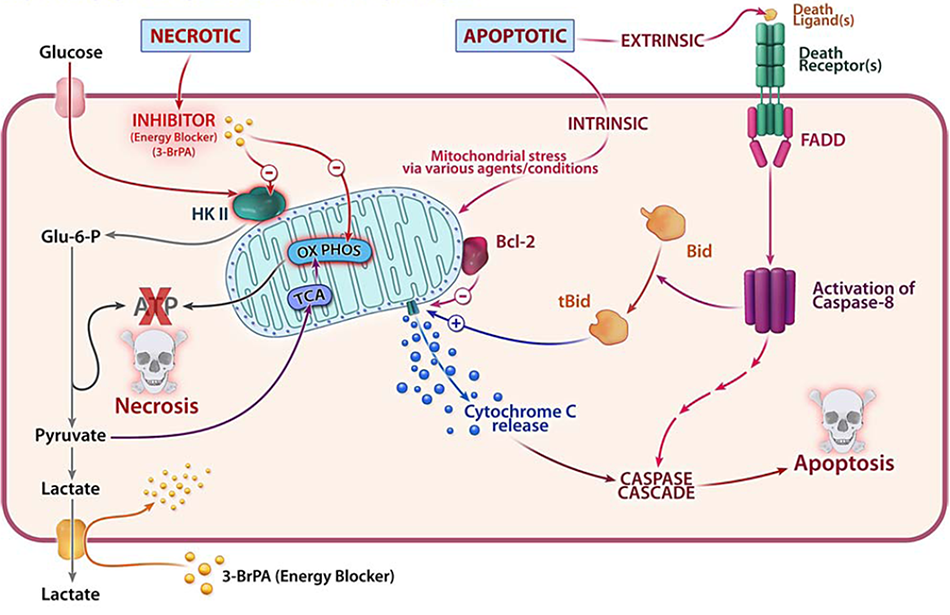Starting point of KAT
There are several generations of therapies coexist in anticancer agents.
But still the conquest of cancer is far away.
The biggest problem of anticancer treatment currently present is toxicity.
In other words, because there is no selectivity for cancer cells.
We are developing an anti-cancer agent that is referred to as the fourth generation of anticancer agents.
KAT refers to the anti-cancer treatment technology developed by Dr. Ko KAT = Kodiscovery Anticancer Technology
This technique stems from a small molecule called 3-bromopyruvate (3BP) discovered by Dr. Young Hee Ko
when Dr. Ko was in Pedersen's lab. Dr. Ko and Pedersen studied together since 1991.
As specially designed by Dr. Ko, while tumor cells are rapidly destroyed when treated with 3BP, normal cells are not affected.
This is because the monocarboxylic acid transporters (MCTs) levels do not rise in normal cells, unlike tumor cells.
As Dr. Ko and Pedersen Explained, MCT is a transport channel where 3BP can enter the inside of tumor cells. Once inside,
3BP quickly destroys all of the tumor cell's power plant (glycolysis and OxPhos).
Tumor cells die quickly through cell death (apoptosis) or necrosis and energy decreases rapidly.

